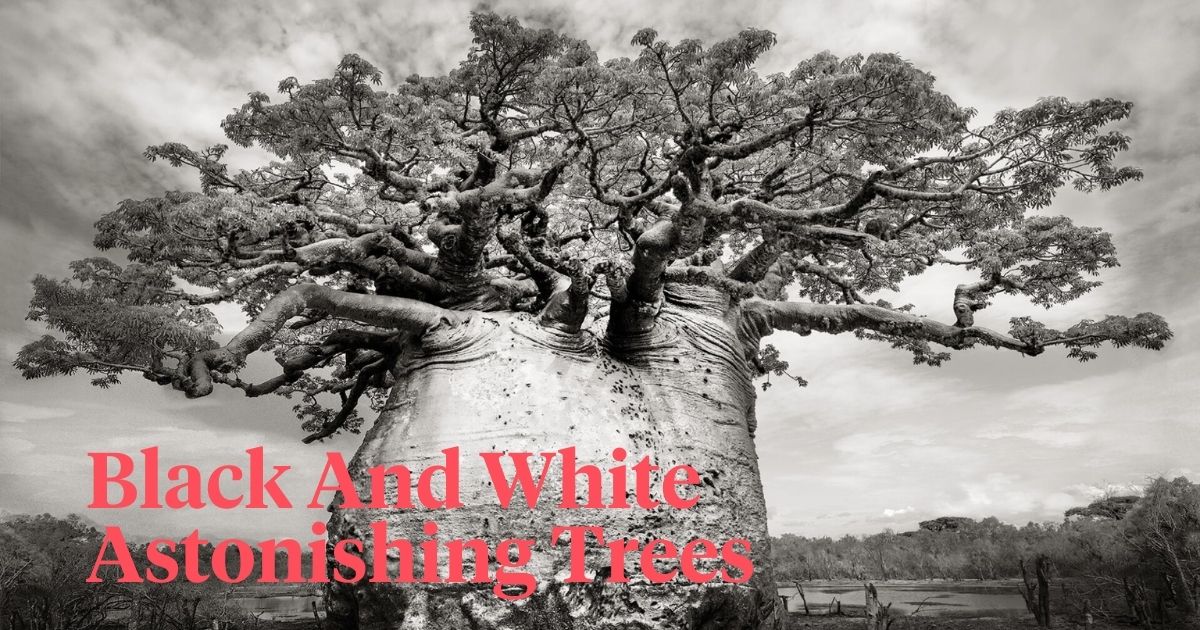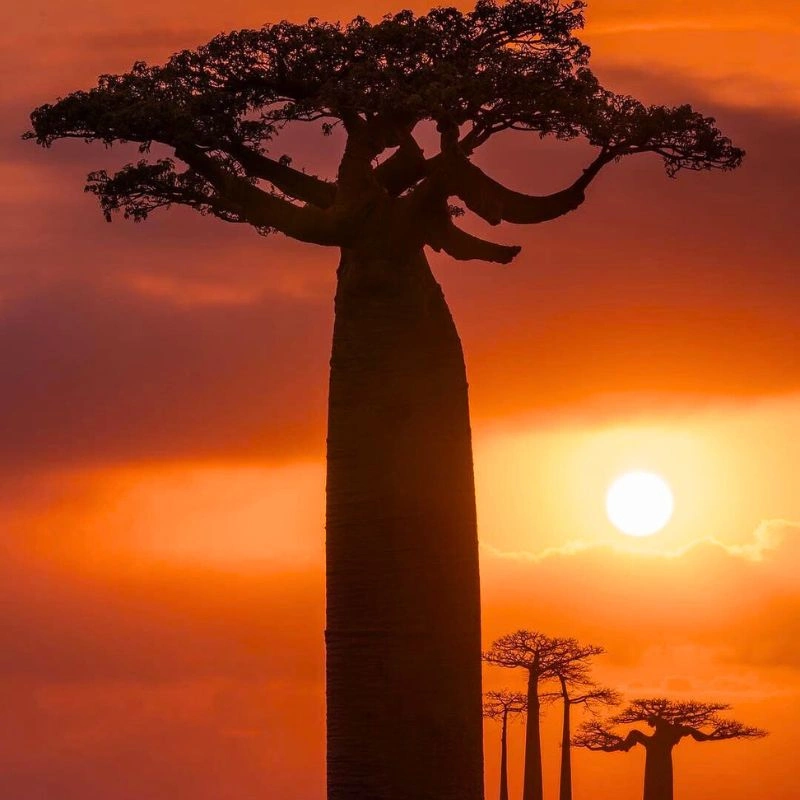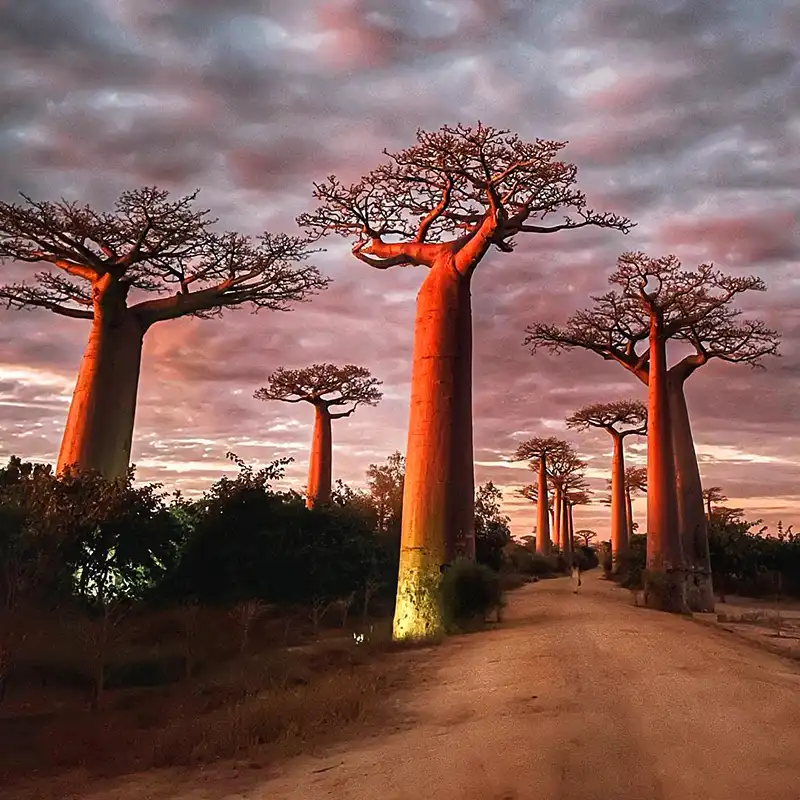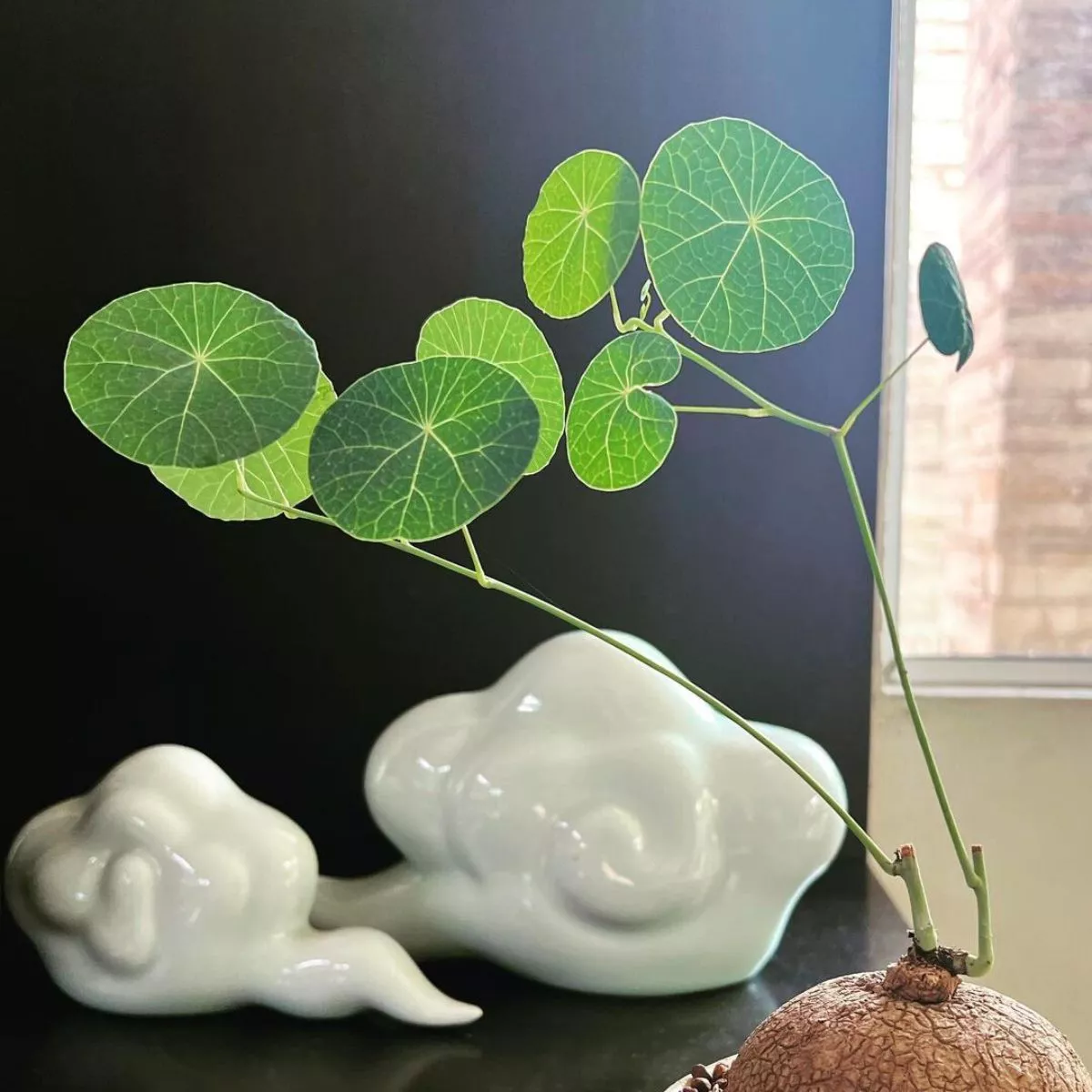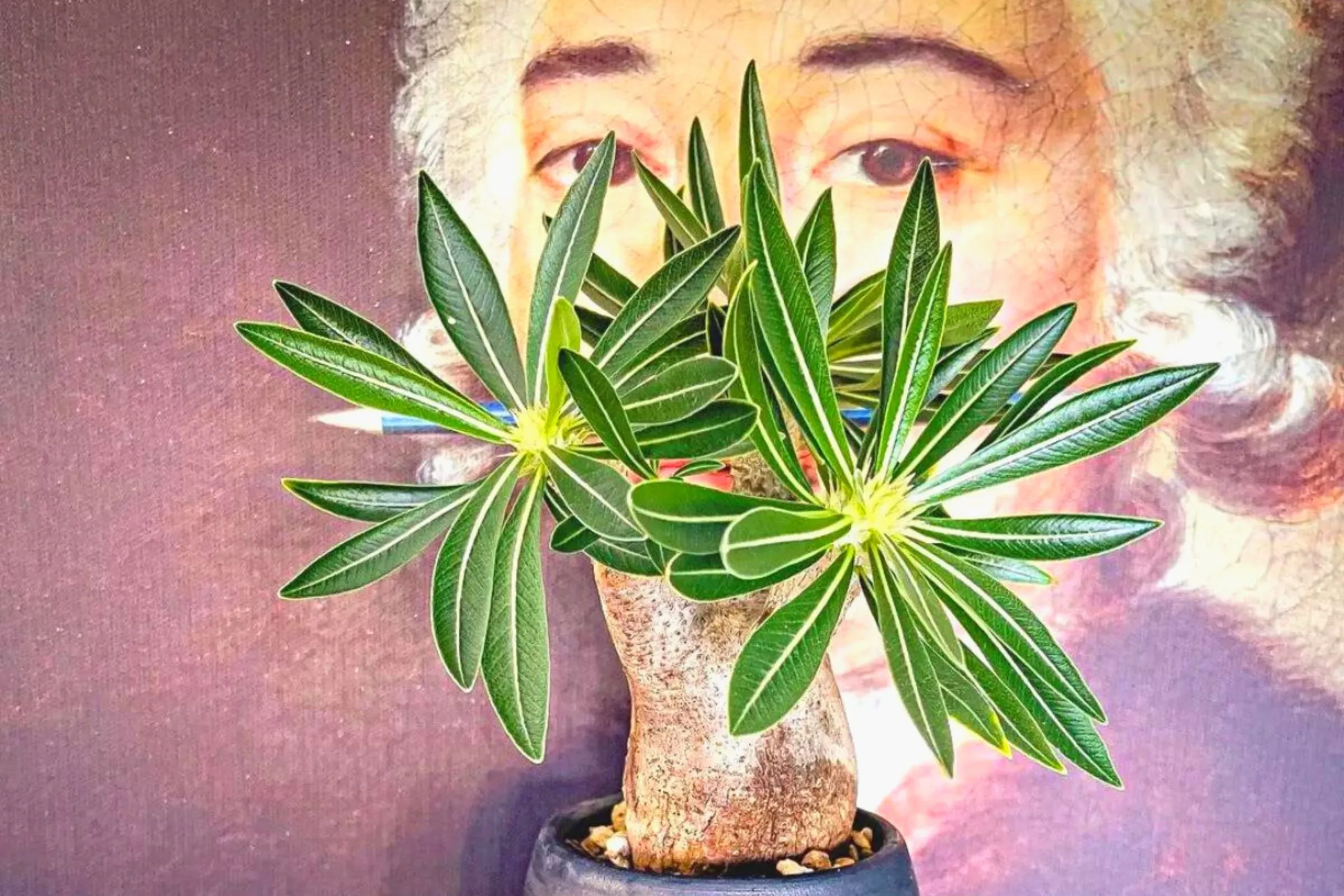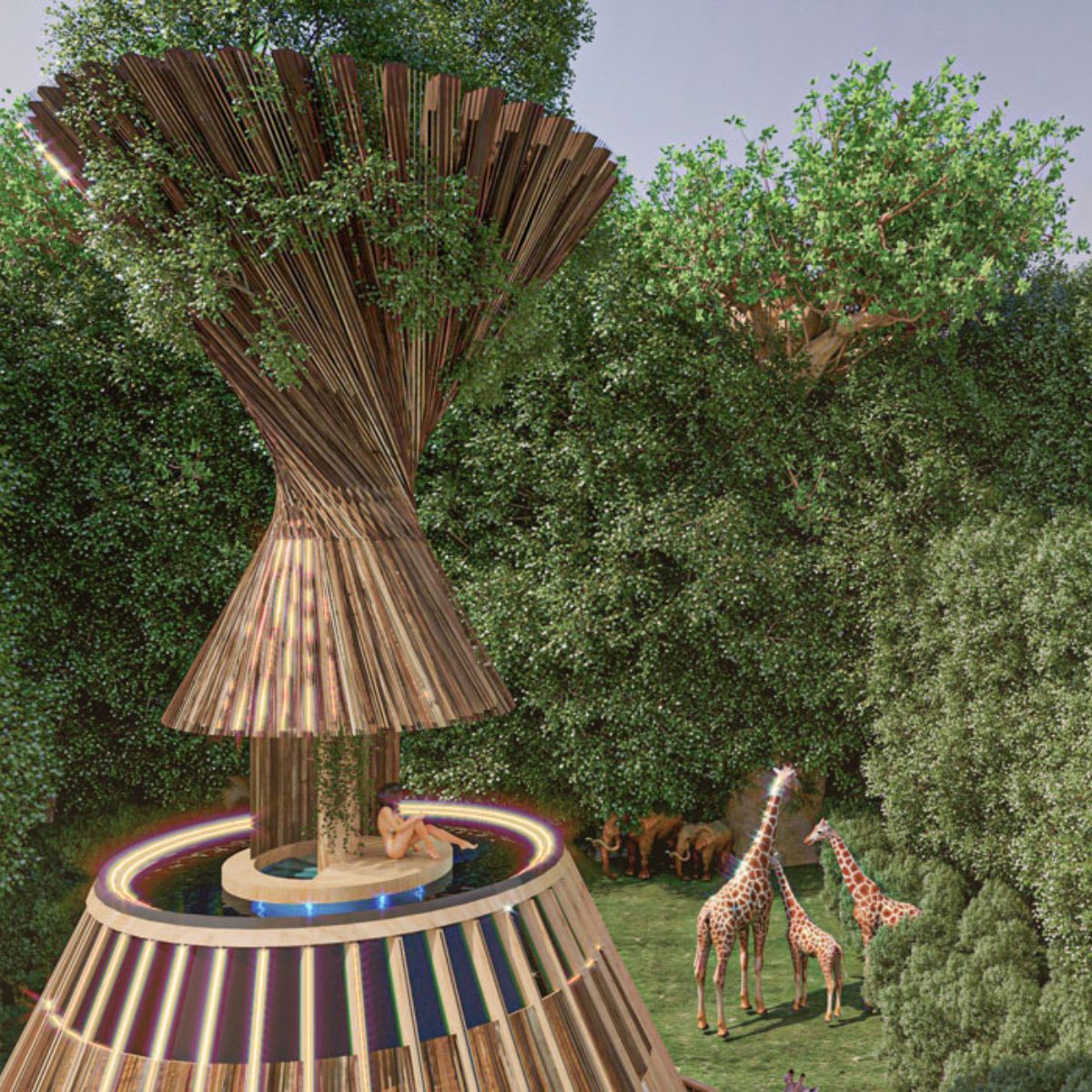Photographer Beth Moon has an eye for nature, trees in particular. This artist from the Bay Area has been capturing images of the baobab tree species since 2006. Beth had the privilege of visiting the area after Tsitakakoike, one of the most ancient trees in Madagascar toppled.
The Dwindling Population of Baobab Trees Captured by Beth Moon
If you remember the last edition showing Beth Moon's photographs spotlighting the world's most ancient trees, you'll be very entertained by her new tree series. The ancient baobab trees in Madagascar are the highlight of this story featuring black and white impressive photography.

During that previous trip, she photographed the damaged, fading icon there as well as other baobabs in the same plight in South Africa, Madagascar, and Senegal. The photographs, which were captured in dramatic black and white, are rich in texture and highlight the baobabs' broad, cracked trunks and branches that spread outward into enormous tufted canopies.
To read this article: 'The Incredible Photographs of the World's Most Ancient Trees by Beth Moon'.
About Baobab Trees
The baobab is also known as the 'upside down tree', a name that originates from several myths and from the fact that their branches look like roots reaching for the sky. They are among the most long-lived vascular plants and have large flowers that are reproductive for a maximum of 15 hours. The flowers open around dusk, opening so quickly that movement can be detected by the naked eye, and are faded by the next morning. The fruits develop when the baobab tree is bereft of leaves. These are large, oval to round, and berry-like and hold kidney-shaped seeds in a dry, pulpy matrix.
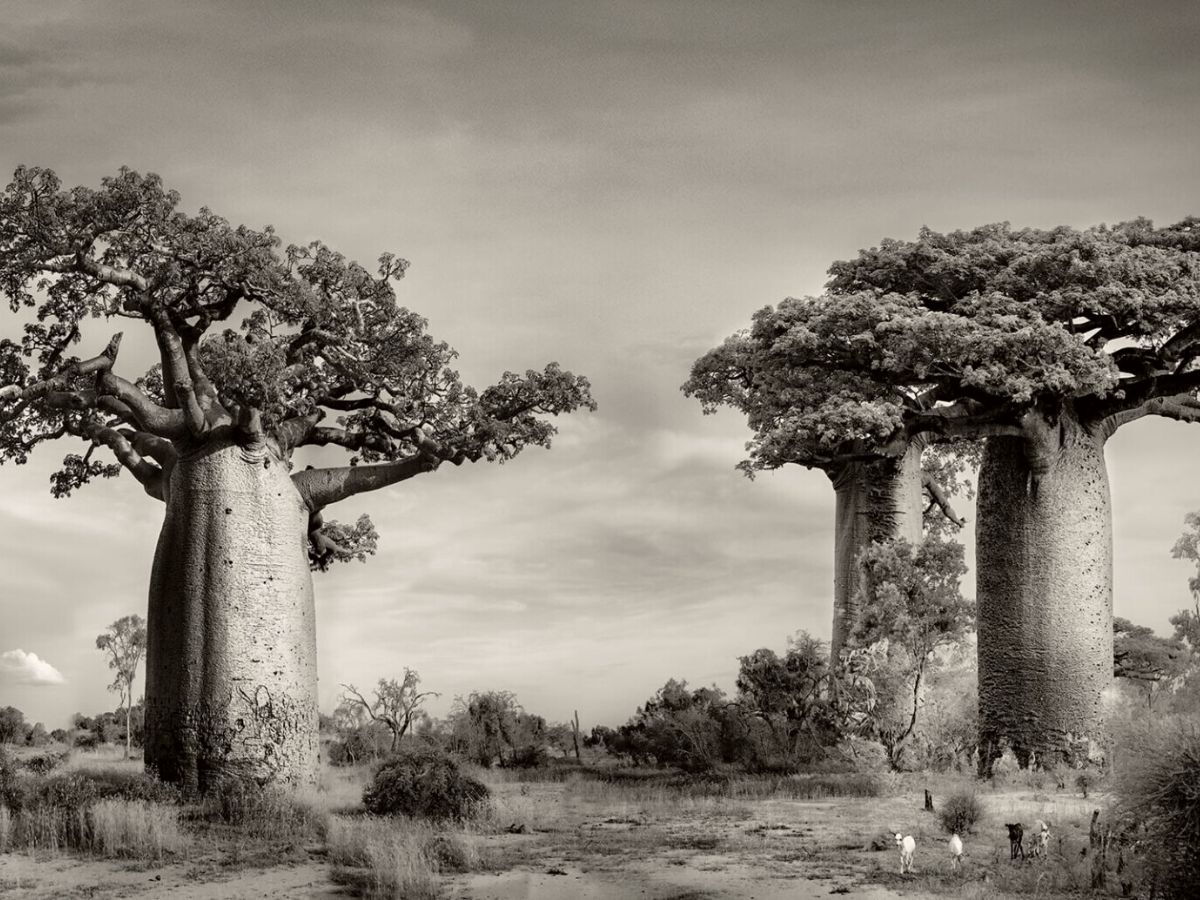
In the early 21st century, baobabs in southern Africa began to die off rapidly from a cause yet to be determined. It is unlikely that disease or pests would be able to kill many trees so rapidly, and some have speculated that the die-off is a result of dehydration.
The Reason Behind Beth's Love of Photographing Ancient Trees
One of Madagascar's most revered baobab trees fell to the ground in the fall of 2018. The 1,400-year-old ancient behemoth provided the area with food, fuel, and fiber before its trunk, which measured 90 feet all the way around, fell. The baobab was also linked with local history and believed to hold the ancestral spirits of the adjacent Masikoro people. It was known as Tsitakakoike, which translates to 'the tree where one cannot hear the cry from the other side'.
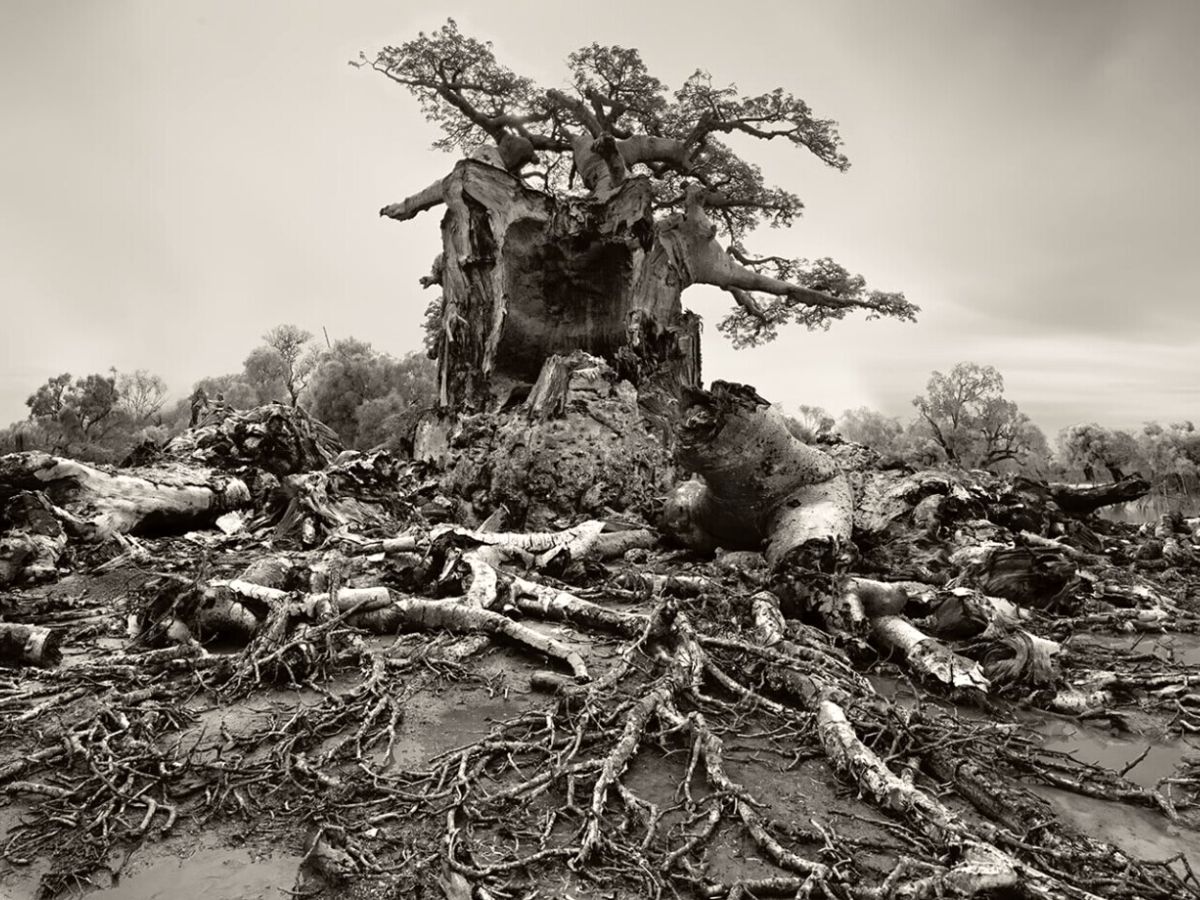
Its death was tragic for the neighborhood and a warning that the climate problem is irreversibly harming these ancient trees. Beth Moon looks to send a message to the human population through the lens of her camera. Her pictures are like anything the human eye has seen and clearly give humans a reason to start taking better care of the planet.
A Pleasing Optic Photograph Collection
The giant trees' exposed roots were spread across the ground in Beth Moon's images, a sure indicator of years-long droughts that caused many of them to become so dry they caved under their own weight. Moon's photos are an act of visual preservation. These catastrophic consequences are frequent in the area, which has recently seen severe water shortages and a sharp decline in the number of baobab trees.

During her visit, Moon captured dozens of photos, which are on view now as part of an online exhibition through the photo-eye Gallery and compiled in a recently released book available on Bookshop. You can see more from her travels on Beth Moon's Instagram.
Photos by Beth Moon

